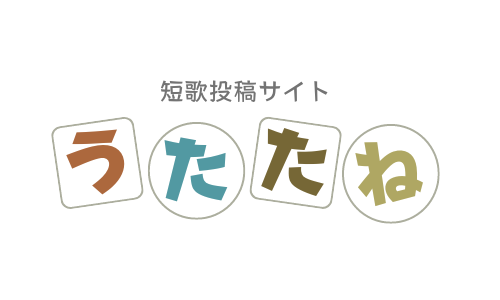They operate extensive and drain cctv complex networks to perform this critical role. Water utilities are the lifelines of communities, tasked with supplying safe drinking water and managing wastewater. However, cctv drain survey urgent attention is needed to overcome the multiple challenges they face, including aging infrastructure, climate change impacts, resource allocation, technology implementation, and drain survey report regulatory demands. Only by addressing these issues can water utilities continue to sustainably carry out their role in supporting public health and the overall continuity of community and economic activities. With the right approach, utilities can transform every challenge into an opportunity to reinforce their service delivery and support the development of healthier and drain cctv more resilient communities.
Health Hazard: Stagnant water attracts pests and facilitates the growth of harmful bacteria and drain survey report molds. This breeding ground for disease culminates in a serious health hazard if not dealt with promptly.
When fat cools down, it solidifies and adheres to the pipe walls, effectively reducing their diameter and slowing down the flow of water. Grease and Fat: This is one of the main reasons behind blocked drains in kitchens.
Population shifts and urbanization also impact water utilities, forcing water managers to rethink water allocation and service delivery strategies. Furthermore, water utilities must keep up with technological advances to drive efficiency in their operations. There can be potential resistance to such changes, and they may require considerable investments.
Storage facilities stockpile water from diverse sources such as rivers, wells, and reservoirs. At treatment plants, the collected water undergoes a series of treatments to eliminate a broad range of impurities and contaminants to make it safe for consumption. Water utilities operate in a complex network to ensure the efficient flow of water from the source to the destination. Once treated, drain jetting a web of pipes distributes this water to the end consumers.
The scenario drastically changed with the advent of the Industrial Revolution during the 18th and 19th centuries. Technological advancements and urbanization paved the way for systematic drainage constructions in the Western world, focusing on sanitation and flood control. In the medieval era, drainage systems were often neglected, leading to widespread waterborne diseases.
Fortunately, these issues can be mitigated or even avoided with the right solutions. Water logging, property damage, flooding, soil erosion, and a breeding ground for mosquito larvae leading to increased diseases are few of the problems caused by inefficient drainage. Improper drainage could lead to several issues.
You may use a plunger to resolve minor blockages or a plumber’s snake for drain cctv more stubborn ones. Clearing blocked drains typically begins with ‘Do-It-Yourself’ methods. Simple household solutions such as hot water, vinegar and baking soda can also be very effective in breaking down the grease and soap causing the blockage.
Post these enforcements, Maplewood saw a significant decline in incidences of blocked drains. This case offers valuable lessons on preventive measures and remediation strategies for blocked drains. Consequently, it underlines the need for awareness, adequate investment, and by management authorities to prevent and handle such infrastructure issues robustly.
There are four main types of water utility systems; public utilities, private utilities, cooperative utilities, and mutual companies. Public utilities are typically owned and managed by municipalities or cities and drain jetting survey report are not-for-profit entities. Private utilities, on the other hand, are commercially managed and may operate within a larger region than public ones. Cooperative utilities are member-owned and are usually established in rural communities where public or private systems are not in place. Mutual organizations are similar to coops but are characterized by stocks and shares owned by its members.
Meanwhile, subsurface drainage, used mainly in agriculture, involves removing excess water from below the soil surface to improve soil conditions and support healthy plant growth. Surface drainage involves removing excess water from the land surface. It’s most commonly utilized in urban areas through gutters, open drains, drain cctv and culverts to prevent flooding and drain survey report water leak repair logging. Drainage systems are primarily divided into two categories: surface drainage and subsurface drainage.
Water utilities worldwide are grappling with numerous multidimensional challenges. This aging also means that utilities have to grapple with high maintenance or drain survey report replacement costs. Climate change is another challenge, with shifts in weather patterns leading to changes in the availability of water and demands shifting regionally. Aging infrastructure poses a pressing problem, leading to significant water losses and decreased capacity.
Regulatory requirements and drain survey report public perceptions and preferences also pose challenges for water utilities. Public concerns about water quality and environmentally friendly practices necessitate utilities to innovate and adopt sustainable water management practices.



